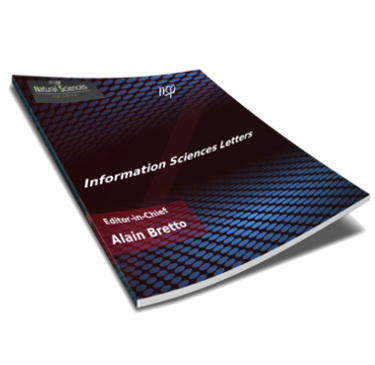
Information Sciences Letters
Abstract
This article, through Schro ̈dinger’s cat theory, points to a conflict between individuality and universality in the creative process that would appear to be an inconsistency of cognition. We chose the axiomatic-logical concept of language as a system of oppositions of places and values for this discussion, understood as a complex phenomenon mediating between the human mind and the environment. Creativity involves language and cognition and is of interest to artificial intelligence, AI, thus, an in-depth look at creative aspects of the human mind helps to better understand the structure of natural language and gives wagers for new AI challenges. There is an interdisciplinary approach, highlighting aspects of language that leave room for creativity and differentiation, paving the way for them to be adopted by artificial intelligence. We found that the broad concept of language reveals the ’way of thinking’ that unveils how creation occurs in its statu nascendi, facing the choice between opposite states to establish the new, the creative: The origin of creation is not in the elements that are part of it, but it is in the path taken by the creative process. Schro ̈dinger’s cat experiment illustrates how the creative process takes place: Either the supposed creation will reveal a tendency to take ’probable knowledge’ as ’fact of knowledge’, or real creation breaks this perspective and settles in the subjectivity of the subject. These considerations lead us to place bets on processes that would serve to replicate creativity in artificial intelligence, making it more intuitive, removing its curse of dimensionality and reducing the need for human intervention in machine learning.
Recommended Citation
́ia Motta Monte-Serrat, Dione; Caetano Troca Cabella, Brenno; and Cattani, Carlo
(2020)
"The Schro ̈dinger’s cat paradox in the mind creative process,"
Information Sciences Letters: Vol. 9
:
Iss.
3
, PP -.
Available at:
https://digitalcommons.aaru.edu.jo/isl/vol9/iss3/1

